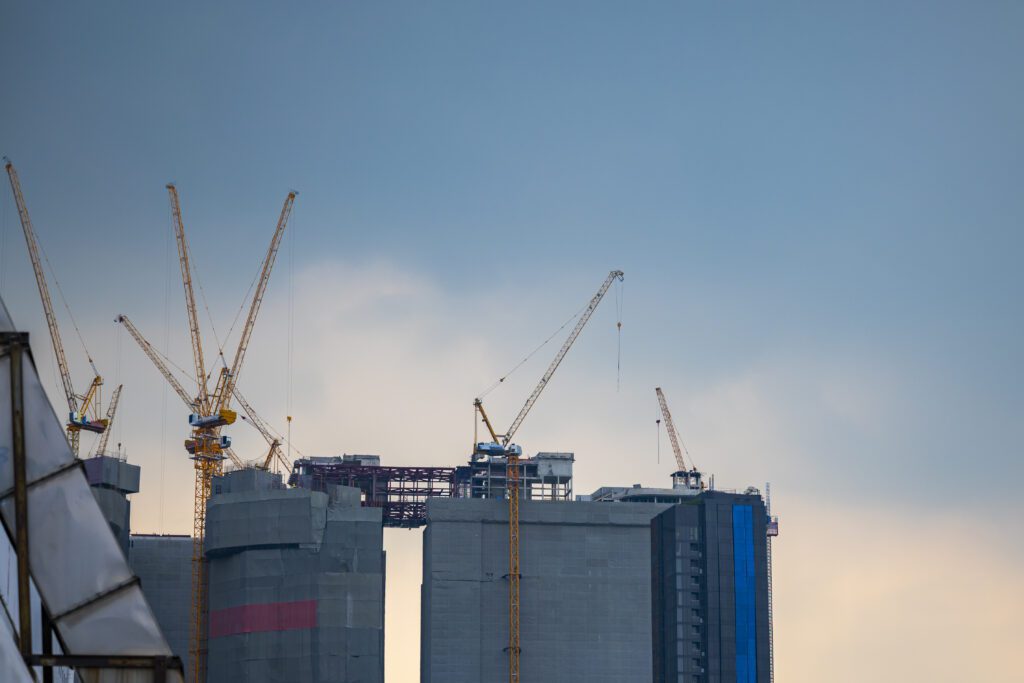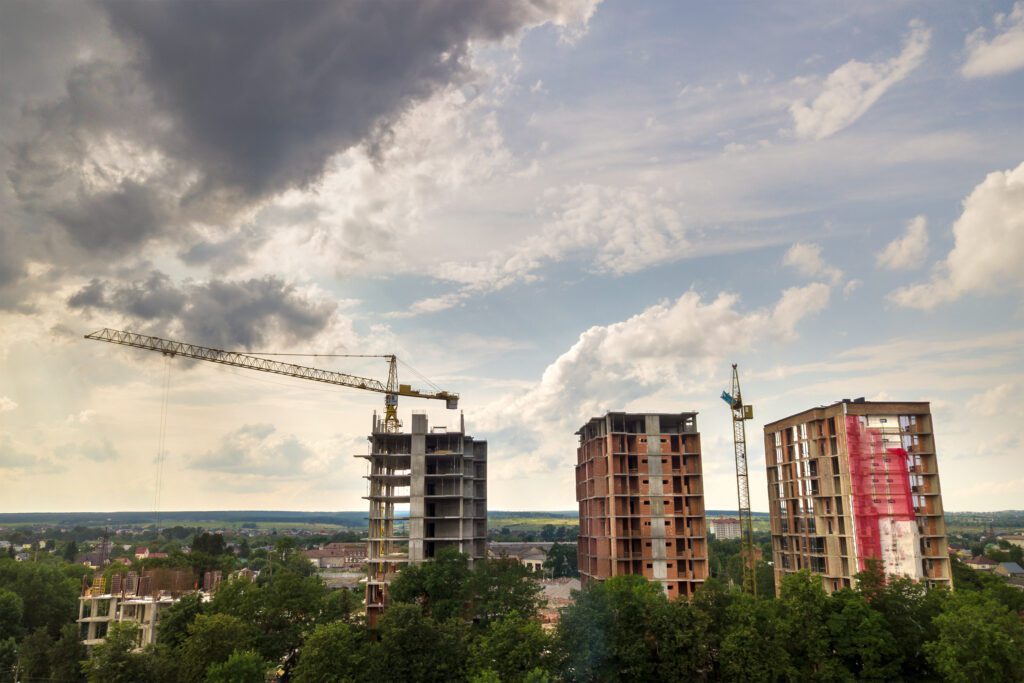Is Delay Analysis Science or Art Part-1
One common delay analysis anachronism is adjusting Remaining Durations in Contemporaneous Schedules. This anachronistic approach occurs when analyses are prepared using contemporaneous schedules, but changing them by either increasing remaining durations of non-impacted activities (usually to argue concurrency) or reducing the remaining durations of impacted activities, usually to reduce delay impacts or remove them from the critical path altogether. If these revised durations were unknown contemporaneously, changing them after the fact often eliminates the contemporaneous aspect of the schedule. Another common delay analysis anachronism occurs when As-built schedule analyses are used without consideration of the contemporaneous schedules. Although as-built schedules are great at identifying the fact basis of when events occurred, they are not very effective in providing the historical perspective on why events occurred when they did. Without placing a priority on the contemporaneous perspective at the time of the delay, these analyses techniques and others risk credibility and the confusion they cause can be difficult to overcome.
The art of the analysis from the historical standpoint is seeing the delay from the contemporaneous perspective – what were the float values; what was the status of the scheduled completion compared to the contract completion?
An effective and honest delay analysis requires thinking through and evaluating what a contractor or owner was thinking and planning when the delay occurred. Working with project teams through the updating process is important to maintaining that awareness of how teams plan and manage their schedules. In other words, contemplating and deliberating analysis techniques are not always enough. The science of delay analysis is something you can learn in a book; the \”art\” comes from what is learned through practice. That\’s why it is important for delay experts to stay active in projects. Although I spend most of my time on the dispute resolution side of our business, my team is active on hundreds of projects at any given time and I try to keep one or two ongoing projects on my plate. This interaction provides a constant reminder of the contemporaneous perspective in the construction process. Many of the experts I’ve worked with are excellent on the analytical side, but they don’t get the art, or they’ve forgotten it. While you’re learning the science of scheduling take time stay active and keep the artistic skill honed in.



